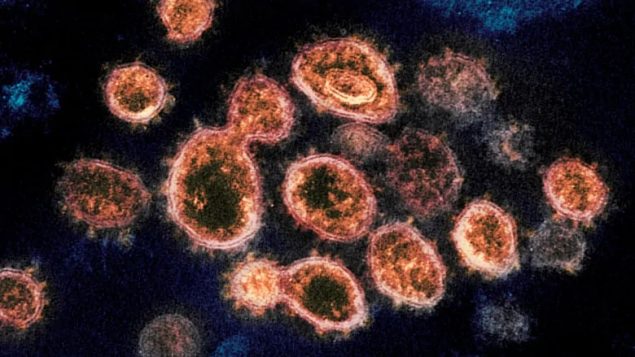What makes the elderly and people with underlying conditions more vulnerable to COVID-19? Why does the coronavirus infect certain animals but not the others?
Finding answers to these questions could be the key to unlocking new treatments and therapies for COVID-19, which has already infected more than 70 million people worldwide and took the lives of nearly two million people.
According to a new study by Canadian researchers, clues to these scientific mysteries can be found in the proteins involved in the process of the virus binding itself to host cells of different animals.
A recently published study by researchers at McGill University in Montreal points to the possibility that greater cellular oxidation with aging and sickness may explain why seniors and people with chronic illness get infected more often and more severely.
In a study published in Computational and Structural Biotechnology Journal, researchers analyzed available protein sequences of the virus and host cell receptors across different species to find out why.
“We know that the virus can infect humans, cats, dogs and ferrets but not bovine and swine. Also, COVID-19 hits the elderly and people with underlying conditions more severely than the young and healthy ones. Until now reasons for this were unclear,” said in a statement McGill Professor Jaswinder Singh.
The research team led by Singh involved scientists from across the country: Professor Rajinder Dhindsa (McGill University), Professor Baljit Singh (University of Calgary) and Professor Vikram Misra (University of Saskatchewan).
Preventing virus from anchoring in cells
COVID-19 is caused by Severe Acute Respiratory Syndrome Coronavirus-2 (SARS-CoV2).
Like other viruses, SARS-CoV2 hijacks the host cell’s metabolic machinery to replicate and spread.
To initiate infection, the virus’s distinctive protein spikes attach to a protein receptor on the surface of the host cell called Angiotensin-Converting Enzyme 2 (ACE2). This allows the membranes around the cell and the virus to fuse together, opening a door for the virus to enter the host cell and co-opt its protein-making machinery to make new copies of itself. The copies then go on to infect other healthy cells.
In analyzing the proteins and their amino acids, organic compounds that are the building blocks of proteins, the researchers found that animals susceptible to the virus have a few things in common.
Animals such as humans, cats, and dogs have two cysteine amino acids (amino acids containing sulfur) that form a special disulfide bond held together by an oxidizing cellular environment. This disulfide bond creates an anchor for the virus.
“Our analysis suggests that greater cellular oxidation in the elderly or those with underlying health conditions could predispose them to more vigorous infection, replication and disease,” said in a statement study co-author Rajinder Dhindsa, an emeritus professor of biology at McGill University.
In the case of animals resistant to the virus, such as pigs and cows, one of these two cysteine amino acids is missing, preventing the formation of the disulfide bond and thus hindering the anchoring of the virus to the host cell.
According to the researchers, preventing the anchor from forming could be the key to unlocking new treatments for COVID-19. One strategy, they suggest, could be to disrupt the oxidizing environment that keeps the disulfide bonds intact.
“Antioxidants could decrease the severity of COVID-19 by interfering with entry of the virus into host cells and its survival afterwards in establishing further infection,” said Singh.







For reasons beyond our control, and for an undetermined period of time, our comment section is now closed. However, our social networks remain open to your contributions.